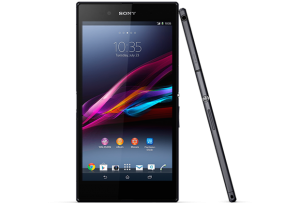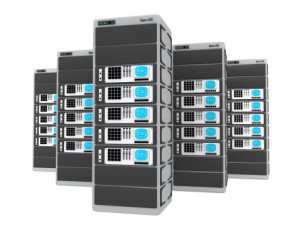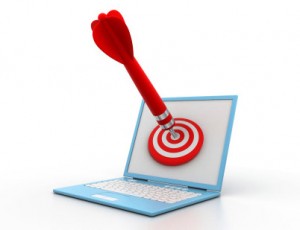The first time I saw a ‘Phablet’ (a genetic mutation of the PHone and the tABLET), I thought: “Wow, that’s…useless.” Come to think of it, I thought something remarkably similar when Steve Jobs showed off the first iPad…
So I was wrong on the iPad, but I’m really not alone on the phablet—many people just don’t see the point. It’s both a smartphone and a tablet, but in the end it’s really neither. A phablet screen is too big to use comfortably as a smartphone because no-one has THAT big a hand, and normal pocket sizes make portability a problem (man-bag, anyone? Thought not…). But a phablet is also too small to work ‘properly’ as you can with a tablet…
Despite the drawbacks, some phablets have proven rather successful. Just think about the Samsung Galaxy Note models—the first edition sold over 10 million units, and the second edition will probably be even more successful. Successful, that is, in comparison to the abject failure some analysts feared. If you compare it to the sales numbers of smartphones by the same company, the picture is a different one.
So is there a real future for phablets? Yes, says Mike Elgan from Computerworld. For Elgan, the key for the phablet does not lie in finding the perfect screen size, but rather in discovering and developing a new phablet lifestyle. And to get there, the phablet will get help from a new type of electronic device category: wearables.
The idea sounds like a perfect symbiosis. Wearables need CPU power and battery life from an external source in order to be slim, stylish and affordable. The phablet possesses such attributes in abundance. What the phablet lacks is usability, because of its bulkiness. And that is what wearables have in spades.
A good example for that may very well be the Sony Xperia Z Ultra phablet. It has impressive technology built into it, but at 6.4″ screen size, it’s too big to go fishing out of your specially-tailored pocket while running to catch the bus to work. That’s where the periphery, the wearables, come in—like receiving calls, checking texts and managing music with the tiny but handy low-resolution Sony Smart Bluetooth Handset SBH52. Just think of the endless possibilities of what cool wearables might be powered by the phablet. Using peripherals that might be to hand even quicker than a smartphone really might kick off new smart lifestyle trends—and secure the future of the phablet.
If you need help choosing the best devices for your business call Green Cloud Computers. We work with dozens of businesses in Ashbourne, Ratoath, Meath and surrounding counties helping them with their IT needs, and ensuring they stay on top of emerging technology.






